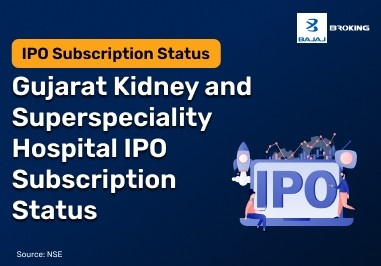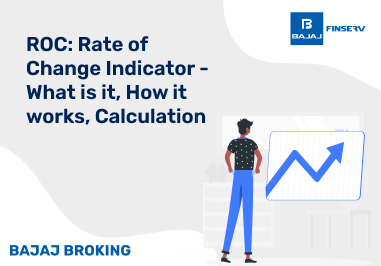Although this trading technique has several benefits, it also has its fair share of risks. Excessive market volatility and leverage are two major risks you will face during intraday trading. This is precisely why it is crucial to have proper trading risk management plans in place.
What is Risk Management in Trading?
In the context of trading, risk management is a strategy or a set of techniques that enable you to manage the various risks associated with trading. With robust risk management plans in place, you may effectively reduce trading losses arising due to the market moving against your expectations.
Why is Risk Management Important For Intraday Trading?
Intraday trading can be very fast-paced since it involves purchasing and selling an asset on the same day. As a trader, you will be required to make decisions quickly and in real-time. Such a stressful environment can lead to emotional decision-making, especially if the market is moving adversely.
Making trading decisions in an emotional state or on a whim can lead to significant losses. And even if you’re a trader who has good control over your emotions, your trades can still go against you if the market reacts in a manner opposite to your expectations.
This is precisely why market experts strongly suggest risk management for traders. Having a plan in place can help you effectively reduce risk, navigate adverse market movements, reduce losses and keep your emotions in check.
Contrary to popular opinion, there’s no one-size-fits-all risk management plan. A plan that works for one trader may not always work for you. Therefore, it is essential to formulate your very own plan based on factors like the nature of your trade, market trends and your targets. In fact, most traders often use a mix of multiple techniques to protect their trades.
What are Some Common Intraday Risk Management Techniques?
Position sizing, stop loss, trailing stop loss and support and resistance levels are four of the most common trading risk management techniques you can use. Here’s a closer look at each of these methods.
Position sizing refers to the practice where you determine the right amount of capital or the number of units for a trade. With the right position size for a trade, you can effectively minimise risk. Since leverage is actively used in intraday trading, determining the right position size is crucial to prevent losses. Market experts suggest using not more than 20% of your total available capital for an intraday trade.
Stop loss is one of the most used traders’ risk management practices. A stop-loss trade involves placing a limit order at a predetermined price below your purchase price. If the asset moves against your expectations and touches the predetermined price level, the stop-loss trade will instantly get executed, thereby limiting your losses. An ideal stop loss would be anywhere between 5% to 10% below your purchase price depending on market volatility and the asset you trade.
A variant of the traditional stop loss, a trailing stop loss is used to protect your gains. A trailing stop loss order is placed at a specific percentage or price below the current market price. As the asset continues to move in your intended direction, the stop loss also trails behind. Now, if the asset suddenly decides to reverse its direction, the trailing stop loss would get triggered, realising accumulated gains and limiting further losses.
Support and Resistance Levels
Good risk management in trading involves accurately identifying support and resistance levels. A support level is a level below which an asset refuses to fall, whereas a resistance level is a level above which an asset refuses to rise.
Determining these levels can help you place a stop loss or trailing stop loss order accurately. Moreover, with support and resistance information, you can also identify potential entry and exit points for your intraday trades. For instance, you could place a buy order near support or a sell order near resistance if you expect the asset to bounce off these levels.
Conclusion
It is essential to note that risk management practices can only reduce risk and not eliminate it entirely. You may still end up with losses even with robust risk management plans in place, especially if the market is volatile. Therefore, it is important to carefully assess the nature of the various risks involved and formulate a trading risk management strategy tailored towards reducing these said risks.














